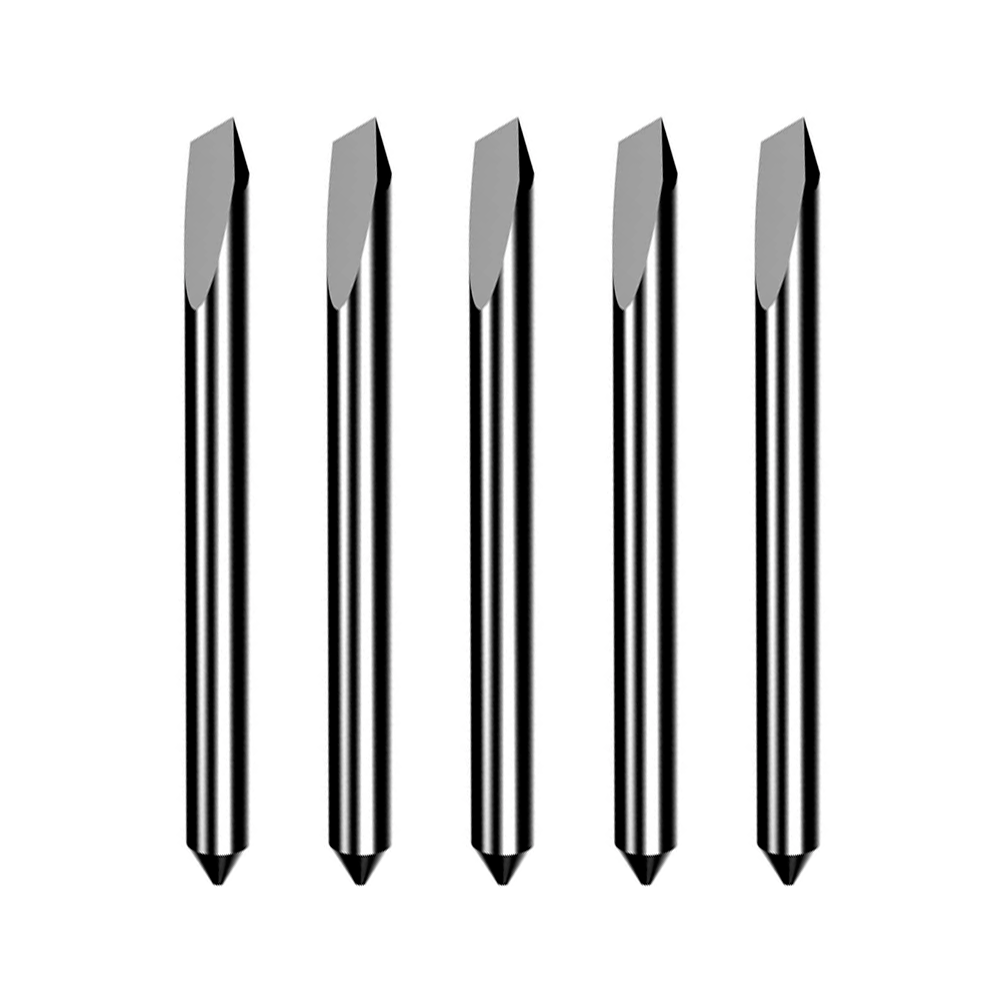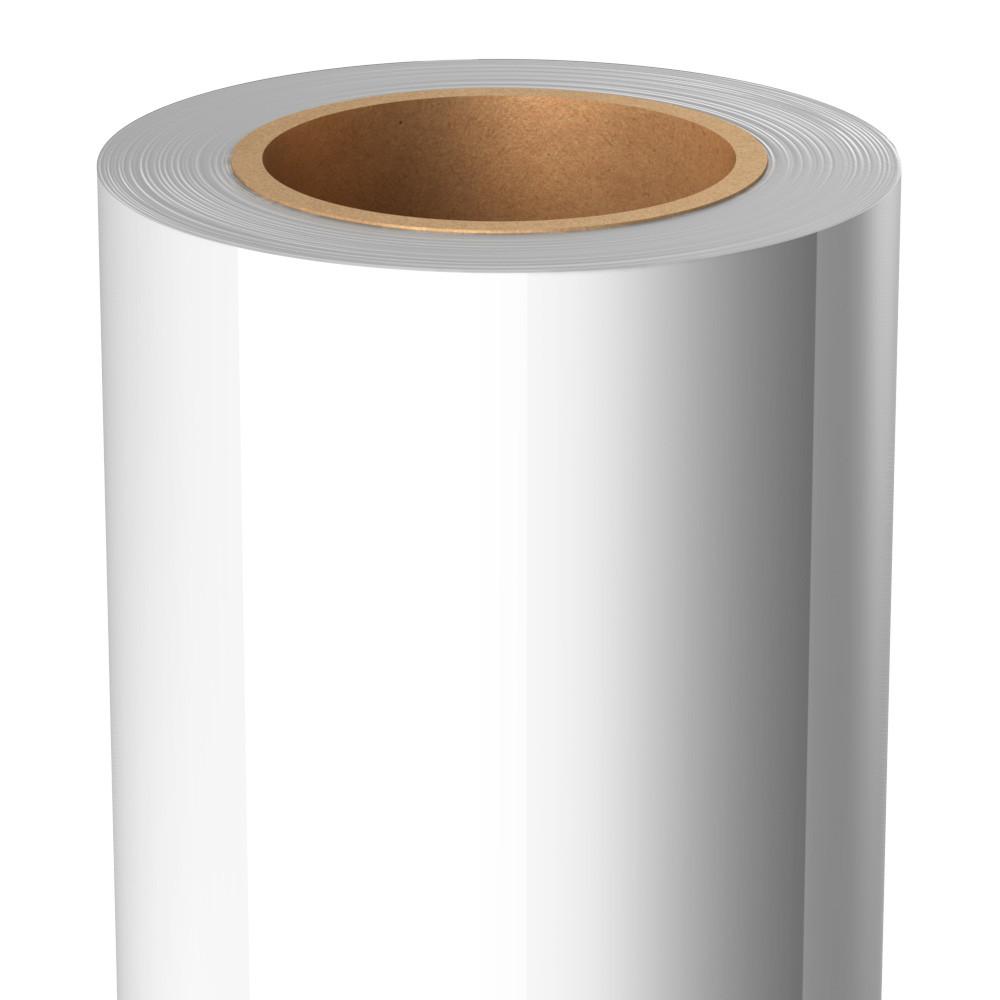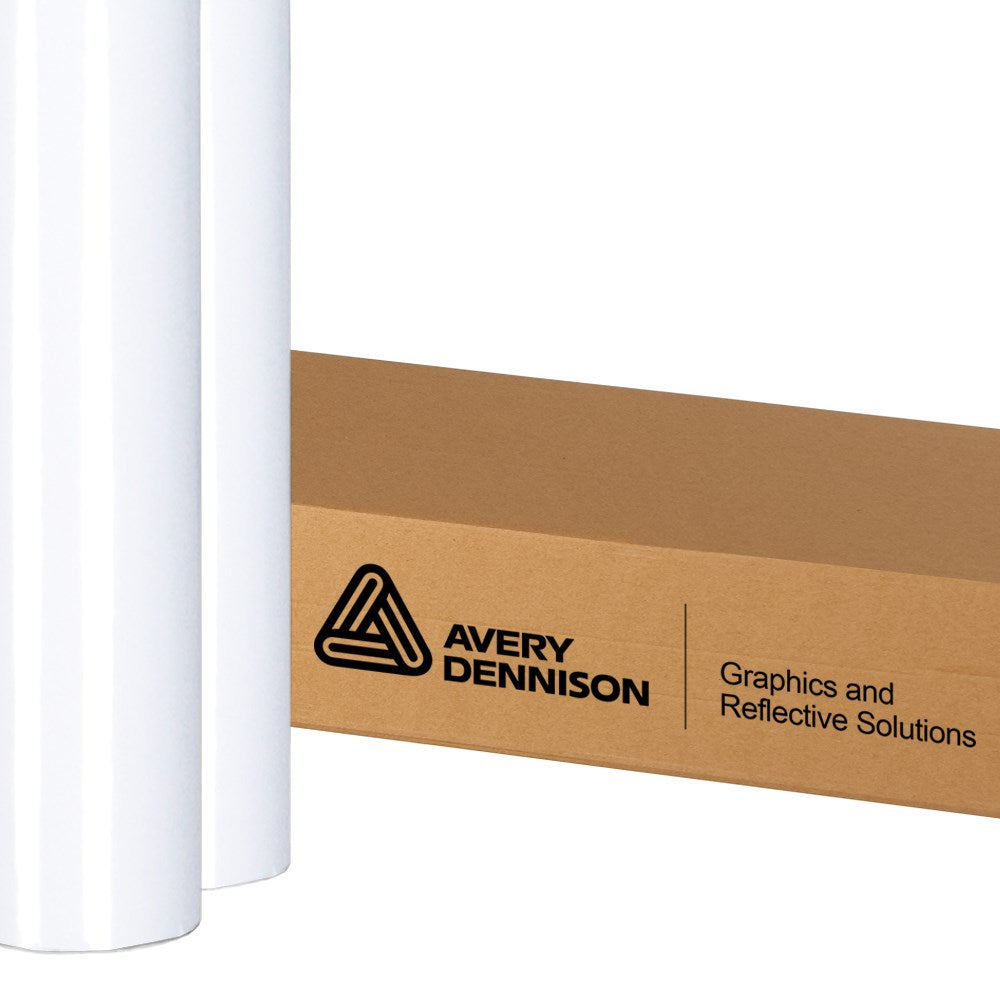As a business looking to communicate more effectively, you’ll want to know about calendered vinyl. Vinyls are an excellent way of showing off the principles of your business, but because they require technical knowledge, sometimes it’s hard to know what the best option is for your needs.
In elementary terms, calendered vinyl is a type of plastic film that is used for a variety of applications, such as signage, wall graphics, window decorations, and vehicle wraps. In this post, we’ll discuss what calendered vinyl is, how it can be applied, and the differences between cast and calendered vinyl.

Should you still have questions afterwards, don’t hesitate to contact us. We have the most knowledgeable in-house team that can provide information on topics from software to 3M premium cast vinyl products.
Calendered Vinyl Versus Cast Vinyl
Both cast and calendered vinyls are excellent ways of creating signage and labels, but what’s the difference between these two types and what is calendered vinyl used for?
Their names can tell us a lot about how they should be applied and what they are. Calendered vinyl is a film made from polyvinyl chloride (PVC) that has first been melted. As it cools down, it is passed through rollers to achieve the thickness, width, and texture desired.
It comes in a variety of finishes such as matte, glossy, or clear. It is now one of the cheapest vinyls to make, thanks to the fact that it requires less energy and there is no need to put the solution in a mold. The most common uses for calendered vinyl are vehicle wraps, window graphics, wall murals, signs, banners, and promotional items. You might have even seen calendered vinyl decorating the outside of shops.
On the other hand, cast vinyl films have become increasingly popular over the past few years due to their effectiveness and conformability compared to calendered films. Cast films also offer higher levels of UV resistance than calendered films, which make them ideal for outdoor applications where they will be exposed to direct sunlight. One downside of cast films is that they tend to cost more than calendered films, because of the process by which cast vinyls are made.
First, PVC resin, plasticiser, and colorant are turned into a paint. Then, it is mixed with a solvent. After that, the mixture is placed in a mold. If matte or glossy finishes are required, the mold will contain that type of finish. Unlike calendered vinyls, cast vinyls require high temperatures in order to melt the materials. The use of costly resources is the reason why cast vinyls are more expensive than other types.
How Can Businesses Benefit From Its Use?
The main benefits of using calendered vinyl are its lower cost and durability. It’s usually thicker than cast vinyl which allows more resistance to abrasions and still holds up great when exposed to sunlight. This makes it ideal if you want to apply it to objects that are going to be outside or will see a lot of physical contact.
Additionally, calendered vinyl offers a wide variety of customisable options, from different colors to varnishes. Finally, calendered vinyl can be easily removed without damaging the surface underneath, giving businesses the flexibility to change their branding or promotional materials as they see fit.

In Conclusion
All in all, calendered vinyl offers numerous advantages which can be very beneficial for businesses. Its durability against sunlight, excellent printability options, and an easy installation process makes it an important option to explore when looking into marketing materials.
For more information on marketing and branding products, check out our post on the best 3M printable vinyl sticker!



